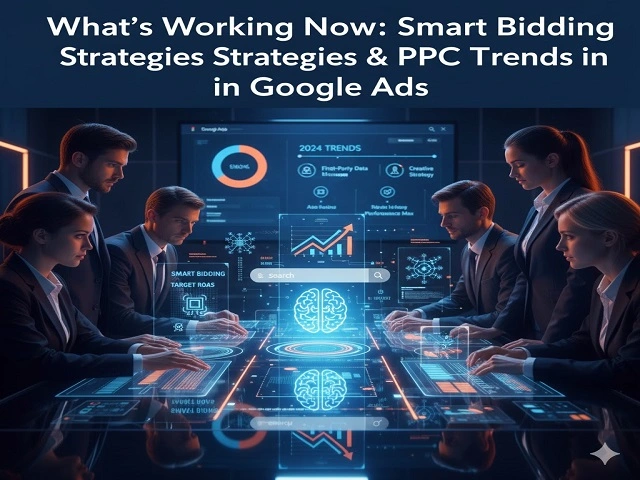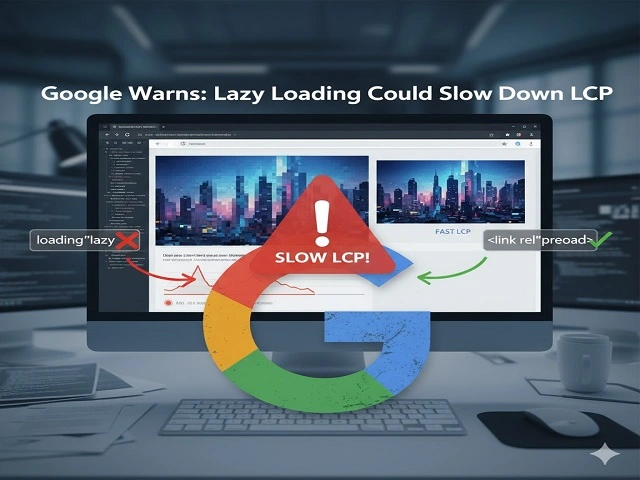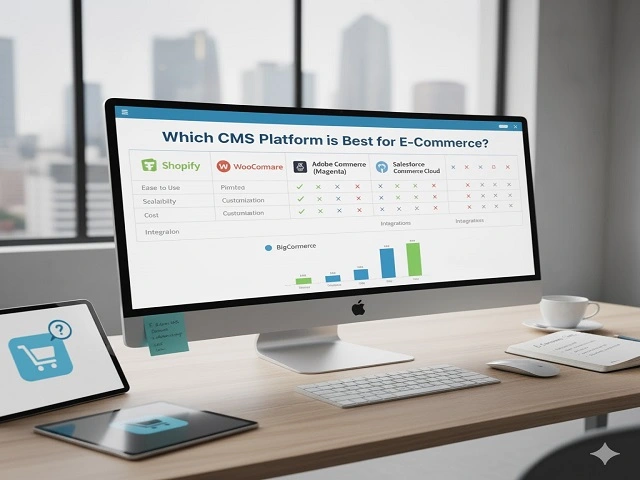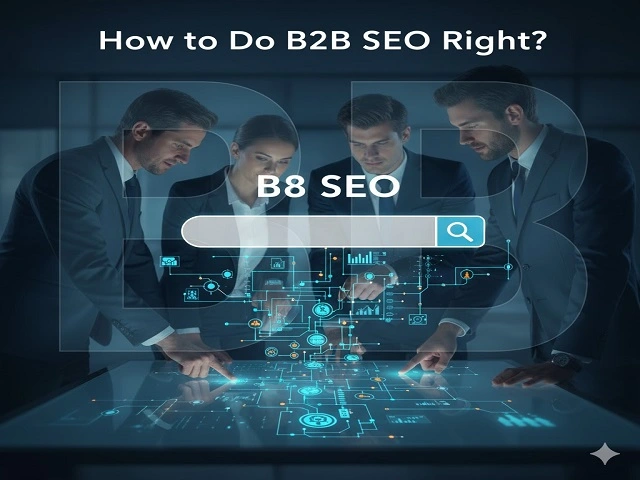~ Smart bidding strategies in Google Ads are reshaping how businesses optimize campaigns, offering precision, scalability, and better ROI through automation. By embracing these tools along with emerging PPC trends, marketers can stay competitive in an ever-evolving digital landscape.
Success in digital marketing today relies heavily on how well businesses adapt to changing pay-per-click (PPC) strategies. Google Ads continues to be one of the most powerful platforms for businesses to reach their target audience, but the way campaigns are optimized has dramatically shifted. With the rise of automation and data-driven insights, marketers now have advanced tools to enhance performance and maximize ROI. Among these tools, Google Ads automated bidding and the adoption of new PPC trends are transforming how advertisers approach paid search campaigns.
This blog explores how smart bidding in Google Ads works, the strategies that are driving results, and the latest trends shaping the future of PPC.
Understanding Smart Bidding in Google Ads
Smart bidding in Google Ads uses machine learning–driven automation, adjusting bids in real time to maximize conversions or the overall value of those conversions. This concept, also known as “auction-time bidding,” allows advertisers to go beyond manual adjustments by factoring in signals such as device, location, time of day, demographics, and even the type of query being searched.
Instead of handling bids manually, advertisers can depend on Google smart bidding to optimize them automatically as auctions happen. This not only saves time but also improves accuracy, as the system uses vast amounts of data to make predictions that humans cannot replicate at scale.
Key Smart Bidding Strategies in Google Ads
When it comes to choosing the right smart bidding strategies in Google Ads, businesses need to align their goals with the most suitable model. Here are the most common options:
1. Target CPA (Cost-Per-Acquisition)
This strategy is ideal for businesses focused on acquiring new leads or customers at a set cost. Google’s algorithm sets bids automatically with the aim of generating conversions at or below the chosen CPA.
2. Target ROAS (Return on Ad Spend)
For e-commerce and businesses tracking revenue, Target ROAS ensures bids are adjusted to maximize return relative to ad spend. It’s particularly effective for campaigns tied to specific sales goals.
3. Maximize Conversions
This strategy aims to generate the maximum number of conversions while staying within the set budget. It works well for businesses looking to increase leads or sign-ups.
4. Maximize Conversion Value
Here, Google optimizes for the highest possible conversion value rather than just the number of conversions, making it suitable for businesses with varying transaction values.
5. Enhanced CPC (Cost-Per-Click)
Although more of a hybrid model, Enhanced CPC adjusts manual bids to improve the chances of a conversion, offering a balance between control and automation.
By choosing the right Google Ads smart bidding strategy, advertisers can ensure their campaigns are better aligned with business goals.
Why Smart Bidding Is Gaining Popularity
The shift toward automation is not just a trend—it’s becoming the backbone of successful PPC campaigns. These factors explain why Google Ads automated bidding has become so appealing to marketers:
- Data-driven precision: With access to countless signals, smart bidding ensures accuracy far beyond human capability.
- Time efficiency: Marketers save hours that would otherwise be spent on manual bid adjustments.
- Scalability: Businesses running large campaigns across multiple geographies and demographics find automation invaluable.
- Real-time adjustments: Unlike static bidding, smart bidding adapts instantly to changing market conditions and user behavior.
This growing reliance on Google smart bidding underscores the industry’s trust in machine learning to deliver results.
PPC Trends Shaping 2025
Beyond bidding strategies, broader PPC trends are redefining how advertisers engage with audiences on Google Ads and beyond. Here are some of the key changes taking place right now.
1. Greater Focus on First-Party Data
With growing privacy regulations and the phasing out of third-party cookies, brands are investing heavily in first-party data strategies. PPC campaigns increasingly rely on CRM integrations, customer match lists, and website visitor behavior.
2. The Rise of AI-Powered Campaigns
Automation isn’t just about bids—it extends to ad creation, targeting, and reporting. Tools like Performance Max campaigns combine multiple Google properties and use AI to distribute budgets across channels for maximum impact.
3. Voice Search and Conversational Queries
As voice assistants gain popularity, search queries are becoming more conversational. This requires PPC strategies to adapt by targeting long-tail keywords and natural language patterns.
4. Visual Search and Shopping Ads
For e-commerce, visual shopping continues to expand. Google’s integration of product feeds, visual carousels, and shoppable images is influencing how ads are designed and placed.
5. Cross-Channel Advertising
Customers interact with brands across multiple platforms, and PPC strategies now extend beyond search to include YouTube, Display, and even discovery ads. A unified, cross-channel approach is essential.
6. Smarter Audience Segmentation
Advanced audience targeting based on behavioral signals, intent, and demographics is helping brands reach highly relevant prospects. Advertisers are combining smart bidding with smart audiences for greater results.
Balancing Automation with Human Insight
Automation provides great value, yet it carries challenges that must be considered. Overreliance on machine learning can sometimes lead to missed nuances in campaign performance. For example, smart bidding strategies in Google Ads may prioritize conversions but overlook brand-building objectives.
That’s why human oversight remains critical. Marketers should regularly monitor campaign data, refine ad creatives, and align automation with overarching business strategies. True effectiveness is achieved when automation works hand in hand with strategic human input.
Practical Tips for Leveraging Smart Bidding and PPC Trends
- Define clear goals: Start by outlining whether your focus is on leads, sales, or brand awareness.
- Test different strategies: Experiment with Target CPA, ROAS, and Maximize Conversions to identify the best fit.
- Use proper tracking: Implement conversion tracking and value tracking to provide Google with reliable data.
- Add audience targeting: Pair Google Ads smart bidding with remarketing and in-market audiences to maximize results.
- Stay updated on PPC trends: Continuously adapt as Google introduces new ad formats and AI-driven tools.
By following these steps, businesses can ensure they’re not just keeping up but staying ahead in the competitive world of PPC.
PPC is undergoing rapid transformation, with automation and AI at the forefront. Smart bidding in Google Ads is no longer an optional feature but a necessity for brands looking to maximize ROI and scale effectively. At the same time, embracing the latest PPC trends—from first-party data to cross-channel campaigns—ensures advertisers remain competitive in a privacy-focused, AI-driven marketplace.
The key is striking a balance: leveraging Google Ads automated bidding for efficiency and precision while maintaining human oversight to guide campaigns toward broader business objectives. Businesses that master this balance will be well-positioned to thrive in the digital advertising landscape of today and tomorrow.



